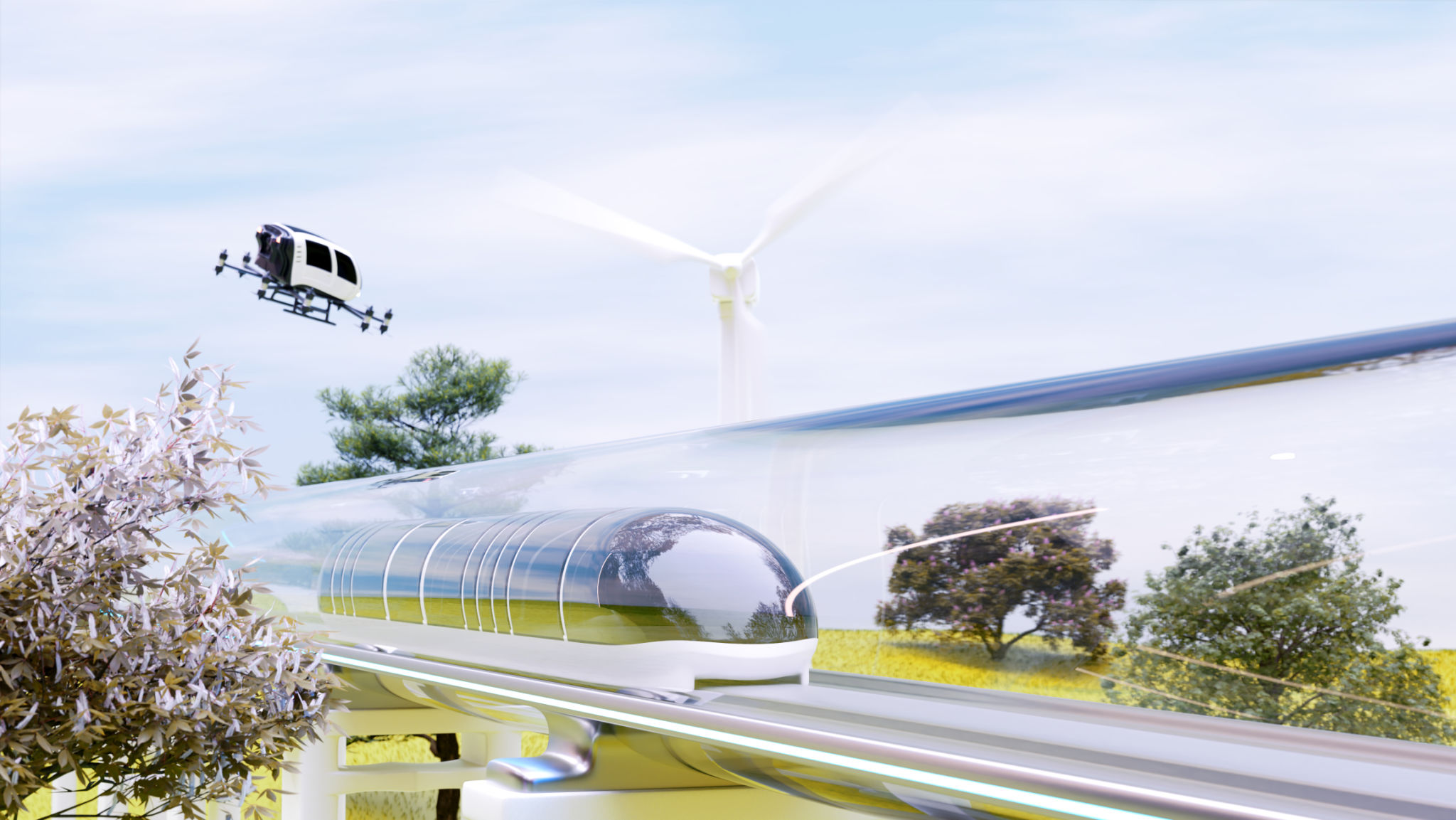Understanding the Latest Trends in Aviation Technology
Introduction to Aviation Technology Trends
The aviation industry is constantly evolving with technological advancements reshaping how we fly. Understanding the latest trends in aviation technology is crucial for enthusiasts, professionals, and airlines aiming to stay ahead in this competitive field. From enhanced safety features to sustainable practices, these innovations are setting the stage for a transformative era in aviation.

Advancements in Aircraft Design
Aircraft design has seen significant improvements, focusing on efficiency and performance. Modern aircraft are now equipped with lighter materials, such as carbon composites, which reduce weight and increase fuel efficiency. Furthermore, advancements in aerodynamics have led to sleeker designs that minimize air resistance and enhance speed.
Manufacturers are also exploring blended wing body designs. These innovative structures promise improved aerodynamic efficiency and reduced noise pollution, making air travel more environmentally friendly.
Sustainable Aviation Fuels (SAF)
The aviation industry is making strides toward sustainability through the development of Sustainable Aviation Fuels (SAF). These fuels, derived from renewable resources like algae and waste oils, have the potential to reduce carbon emissions significantly compared to traditional jet fuels.

Smart Technologies and Connectivity
The integration of smart technologies in aviation has transformed passenger experiences and operational efficiency. With the advent of the Internet of Things (IoT), airlines can now offer seamless connectivity, allowing passengers to enjoy high-speed internet access and personalized services during their flights.
Moreover, IoT enables real-time monitoring of aircraft systems, which enhances predictive maintenance capabilities. This proactive approach ensures that potential issues are addressed before they lead to significant problems, thereby improving safety and reducing downtime.
Artificial Intelligence in Aviation
Artificial Intelligence (AI) is playing a pivotal role in streamlining various processes within the aviation sector. AI systems are being utilized for tasks such as optimizing flight paths, managing air traffic, and even enhancing customer service through AI-driven chatbots.

Enhanced Safety Features
Safety remains a top priority in aviation, and recent technological advancements have introduced sophisticated systems to ensure it. Enhanced flight deck technologies now provide pilots with better situational awareness and decision-making tools.
Additionally, innovations like automatic dependent surveillance-broadcast (ADS-B) systems offer precise tracking of aircraft positions. These systems improve air traffic management by providing controllers and pilots with accurate real-time data.
Urban Air Mobility (UAM)
Urban Air Mobility (UAM) is an emerging trend focused on developing aerial transportation solutions for urban areas. The concept involves using electric vertical takeoff and landing (eVTOL) aircraft, which promise to reduce congestion on the ground and offer faster travel times within cities.

The Future of Aviation Technology
The future of aviation technology is promising, with continuous research and development paving the way for more efficient, sustainable, and safe air travel. As these technologies mature, they will redefine the industry's landscape, offering exciting opportunities and challenges alike.
In conclusion, staying informed about these advances is essential for anyone involved in the aviation sector. Embracing these trends will not only enhance operational efficiency but also contribute to a more sustainable future for air travel.
